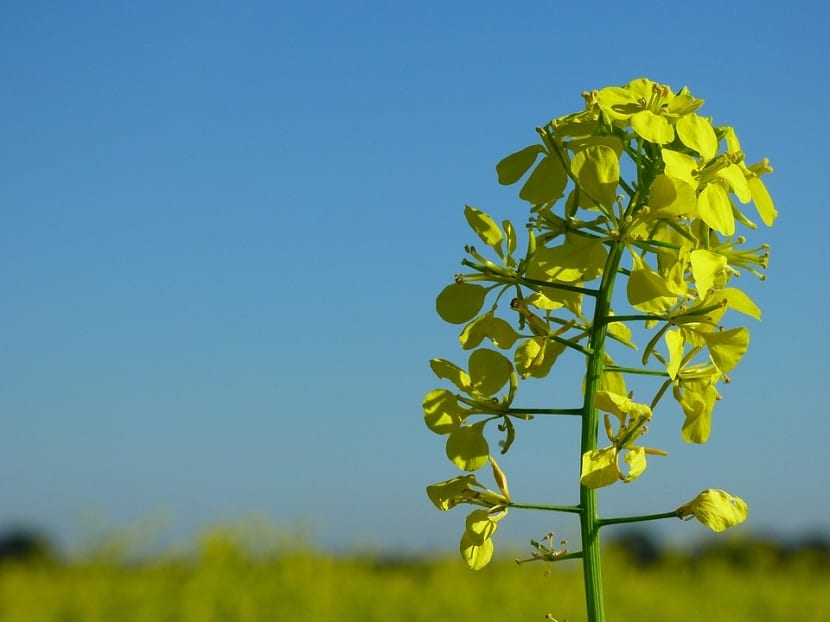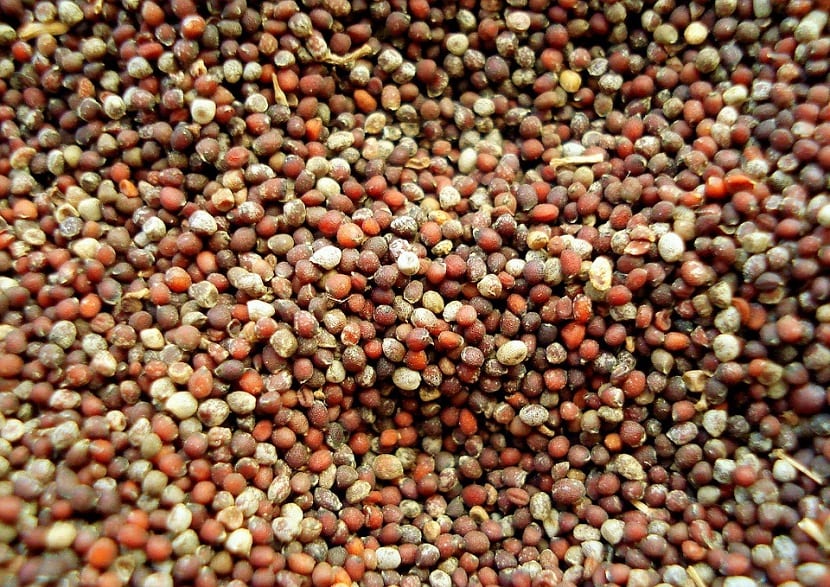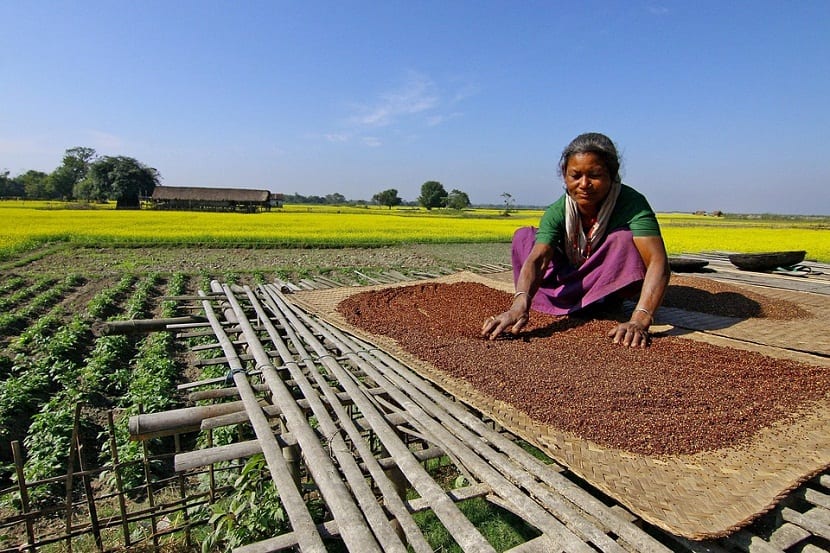
Mustard is an edible plant native to temperate regions of Europe, which belongs to the cruciferous family.
The economic value of this crop led to its wide dissemination and it has been cultivated as a herb in Asia, North Africa and Europe for thousands of years. The ancient Greeks and Romans enjoyed mustard seeds in the form of a paste and powder.
Mustard characteristics

There are three types of mustard; the yellow, the black and the oriental. In Europe, yellow mustard is also known as white mustard. It grows wild in Mediterranean Europe, the Middle East and North Africa
Mustard seeds, black and white, are almost globular in shape, pungent in taste, and odorless when whole. White mustard seeds are light yellow in color and approximately 2.5mm in diameter.
The oriental mustard, with a scientific name Brassica juncea, is native to the foothills of the Himalayas, but is currently cultivated and marketed in the United States, the UK, Canada and Denmark and black mustard, Brassica nigra, is grown in the United States, Chile, Argentina, and some European countries.
Mustard care and cultivation
Mustard plants are normally grown from seed, but can also be grown from seedlings.
It can be grown both in full sun and in partial shade. Choose a location that has well-drained, well-worked, fertile soil that is rich in organic matter. The ideal soil pH should be 5.5 to 6.8, although they can tolerate a slightly alkaline pH of 7.5.
Plant the mustard seeds 2,5 inch apart, about three weeks before their last frost date. If you are planting store-bought mustard seedlings, plant them 15 inches apart as well. The soil must be kept evenly moist to keep the leaves growing rapidly.
Mustard germinates in cold soil. Favorable conditions for mustard germination include; moist soil and a soil temperature of approximately 7º C. Under these conditions, mustard will emerge from the soil in five to 10 days.
Mustard planted when the soil is below 4ºC will germinate, but more slowly.
Life cycle
Within 30 days of germination, the mustard will develop a mature canopy. Within 35 to 40 days of germination, it will begin to sprout.
The flowering period lasts around seven to 15 days, although it can sometimes be longer. The pods will develop from the flowers, over the next 35 to 45 days. The seeds are ripe when the pods begin to turn from green to brown or brown.
Drying

Mustard seed must be harvested before the pods become so brittle that they break open and scatter seeds where they are not wanted.
The ideal moisture content for storing mustard seeds is 10%. If the mustard seed contains too much moisture, it can spoil during storage. If the seeds are not dry enough when harvested, you have the option of drying them on a fine mesh.
Ripening
La Yellow mustard matures faster than brown and oriental mustard Yellow mustard has a life cycle of 80 to 85 days Brown mustard 90 to 95 days Because brown and oriental mustard varieties break more easily than yellow mustard must be harvested before the pods are completely dry.
Mustard diseases
Although mustard does not have many problems, you will need to protect them from cabbage worms, aphids, whiteflies, and beetles. You can spray them with products containing "Bt" (Bacillus thuringiensis) for caterpillars, or a pyrethrin-based spray for beetles.
The plant is also susceptible to white rust. Leaves that have white rust should be removed immediately. Water the plants at the base of the stem to keep the leaves free of moisture.
I find this teaching very interesting and timely because I had read it, heard it but did not know the plant, they liked it a lot.